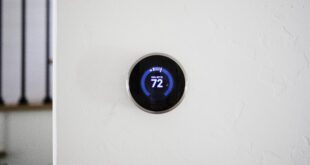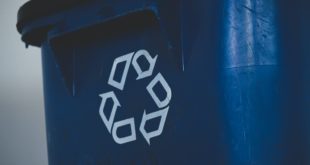Stage IIIB and Tier 4-friendly Construction Equipment
Air pollution is a serious problem these days, and not just in industrial areas where people might believe pollution is higher.
The World Health Organization estimates that more than 2.4 million deaths worldwide can be attributed directly to air pollution and the conditions and diseases that it causes in humans. Poor air quality is responsible for an increase in conditions such as heart disease, lung cancer and respiratory infections. So, what is being done about this problem? The United States government and the European Union have created legislation that requires off-road vehicle engine manufacturers to adhere to higher standards in order to make the air fresher thereby making the planet greener.
In the United States, this legislation is called “Tier 4” and Europe’s version is called “Stage IIIB.” In America, the law calls for all engines that are greater than 130 kW and made after January 1, 2011 to comply with the new laws. The law states that particulate matter (soot and oil residue) and nitrogen oxides must be reduced and that hydrocarbon and carbon monoxide emission levels be decreased. While both Tier 4 and Stage IIIB are very similar in nature, they are region specific so engines that are made within the European Union may not be imported to America and vice versa. Several other countries, including Japan, are working on introducing similar laws in order to help improve air quality.
Volvo is a leader in both on-road and off-road engine manufacturing and is taking this new legislation seriously by aiming to be a leader in green technology as well. Since 2007, they have been testing their engines and will be able to manufacture and sell Tier 4 compliant construction equipment, such as wheel loaders, when the final stage of the law goes into effect in 2015. Over 100,000 hours of real world testing has been done to ensure that the diesel engines produce maximum energy while reducing emissions and consuming less fuel.
There are three main types of technology that helps to create engines that meet the standards, which are being utilized by engine manufacturers. The primary one is Exhaust Gas Recirculation in which the gases are treated before being emitted. In the process, particulate matter and nitrogen oxides are removed, allowing for cleaner emissions to be released. Some engines are using a Diesel Particulate Filer that collects, oxidizes and removes particulate matter from the engine cycle. The third technology, the only one that Volvo has not yet started to use, is called Selective Catalytic Reduction. In this process a benign chemical reagent, Diesel Engine Fluid, is injected into the exhaust gas flow and turns the nitrogen oxides into harmless gases.
Volvo’s particulate filter works while the machine is in operation and can go 4,500 hours without servicing. Every eight to ten manpower hours, the filter oxidizes the particulate matter, thus lessening harmful emissions. The variable turbocharger helps to enhance power performance and fuel efficiency. Volvo’s third-generation Engine Management System (EMS-2) is unique and allows for the engine to be tuned constantly in order to optimize the processes. At the same time, the ultra-low sulfur fuels and low-ash lubricating oils aid in making the engine function at its highest potential.
These new regulations will be welcomed by Mother Nature, as were the on-road low emission requirements that have been in place since 2007. All around the world, more manufacturers will turn to industry leaders to gain insights as to how to create engines that help, not harm, the planet.
 Alternative Energy HQ solar power for homes, wind energy, and bio fuel issues
Alternative Energy HQ solar power for homes, wind energy, and bio fuel issues







